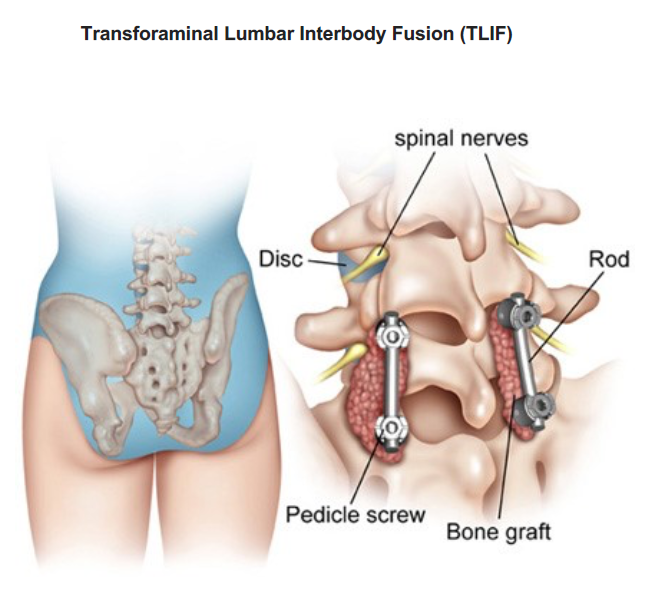Spinal Fusion Surgery

Spinal Fusion Surgery: Overview, Indications, and Procedure
What is Spinal Fusion Surgery?
Spinal fusion surgery is a procedure designed to permanently connect two or more vertebrae in the spine, essentially “welding” them together to eliminate movement between these bones. This surgery helps stabilize the spine, reduce pain, and correct deformities or instability in the spinal column.
Indications for Surgery
Spinal fusion is commonly used to treat various spinal conditions including:
- Degenerative Disc Disease: Wear and tear of intervertebral discs causing pain and instability.
- Herniated Disc: Disc protrusion compressing nerves and causing pain or neurological symptoms.
- Scoliosis: Abnormal sideways curvature of the spine requiring correction and stabilization.
- Spondylolisthesis: A vertebra slips out of place causing nerve compression.
- Spinal Stenosis: Narrowing of the spinal canal compressing spinal cord and nerves.
- Spinal Fractures: Traumatic injuries or osteoporosis-related fractures requiring stabilization.
Surgery is considered when conservative treatments fail to relieve symptoms or when neurological function is compromised.
Surgical Procedure
The spinal fusion procedure typically involves the following steps:
- Exposure of the Spine: The surgeon accesses the affected vertebrae through an incision.
- Removal of Damaged Tissue: Degenerated discs or bone spurs may be removed to relieve nerve pressure.
- Preparation of Fusion Site: Bone graft material, either from the patient (autograft) or donor (allograft), is placed between the vertebrae to promote bone growth and fusion.
- Fixation: Metal screws, rods, plates, or cages are implanted to stabilize the spine and hold vertebrae in place during healing.
- Recovery: Fusion of the vertebrae occurs gradually over months, with physical therapy recommended for rehabilitation.
Minimally invasive techniques are increasingly used to reduce tissue damage, blood loss, and recovery time while maintaining surgical effectiveness.
Key Points
- Spinal fusion is a surgical technique to join vertebrae and stabilize the spine.
- Indicated for degenerative disc disease, scoliosis, spinal stenosis, fractures, and more.
- Involves removal of damaged tissue, bone grafting, and fixation with hardware.
- Recovery may take several months with physical therapy needed for optimal outcomes.
- Minimally invasive options can reduce complications and hasten healing.
Consult with Our Team of Experts Now!
For spinal instability, deformities, or chronic back pain unresponsive to conservative care, consult with our spinal surgeons for thorough evaluation and advanced Cellular Therapy and Stem Cells tailored to your needs.
References:
Veronesi F, Galavotti C, Greggi T, et al. Development of a unified and comprehensive definition of spinal fusion: a systematic review and expert validation. J Clin Med. 2025 Jan 23;12(3):842. doi:10.3390/jcm12030842. Available at: https://pubmed.ncbi.nlm.nih.gov/39854714/















